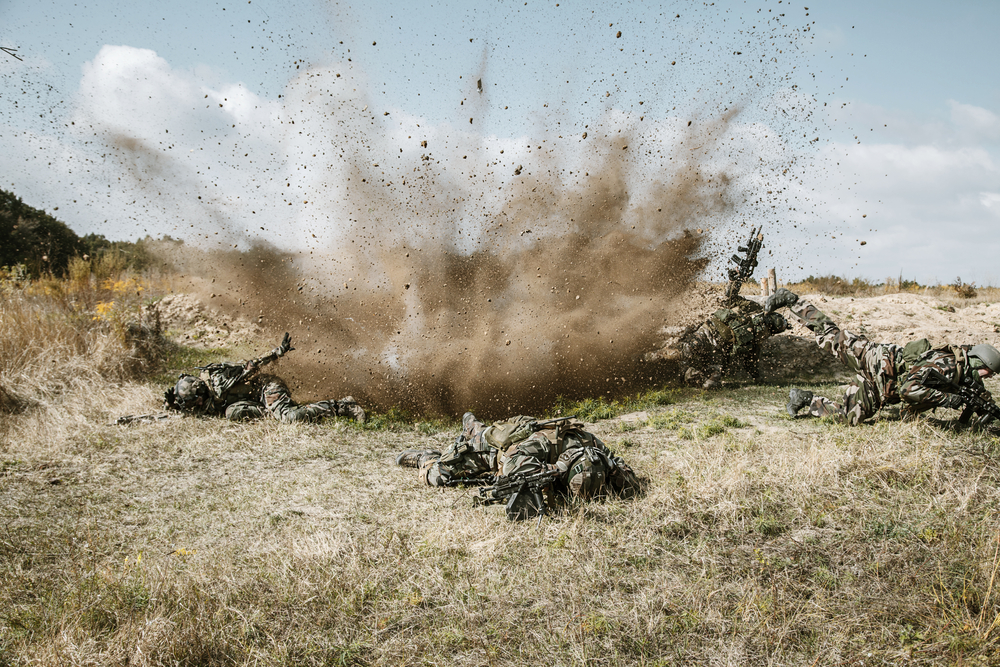
Sandia National Laboratories announced Tuesday that a recent program to develop computer modeling and simulation methods for how blasts on the battlefield cause injury could help improve designs for helmets and body armor.
The project focuses on improving understanding of how impacts from blasts on a battlefield can cause traumatic brain injury and injuries to other vital organs, such as the heart and lungs.
“Protection of the soldier, sailor or marine is essential, and well aligned with our national security mission against challenging and new lethal threats,” program manager Doug Dederman said. “It is a privilege for our integrated military systems staff to team with the Department of Defense and medical communities to improve both diagnostic capabilities and mitigation of risk with improved protective equipment.”
The Sandia team theorizes that a phenomenon called fluid cavitation can lead to traumatic brain injury. Cavitation is the formation of vapor cavities, or bubbles, caused by rapid pressure changes in fluid such as those resulting from blast exposure. Because they are unstable, these bubbles immediately collapse, creating a miniature localized shock wave.
The team is using its macroscale and microscale simulations to test the hypothesis.
“We’ve been able to demonstrate, at least theoretically, that the individual experiences fluid cavitation in the brain,” project lead Paul Taylor said.




